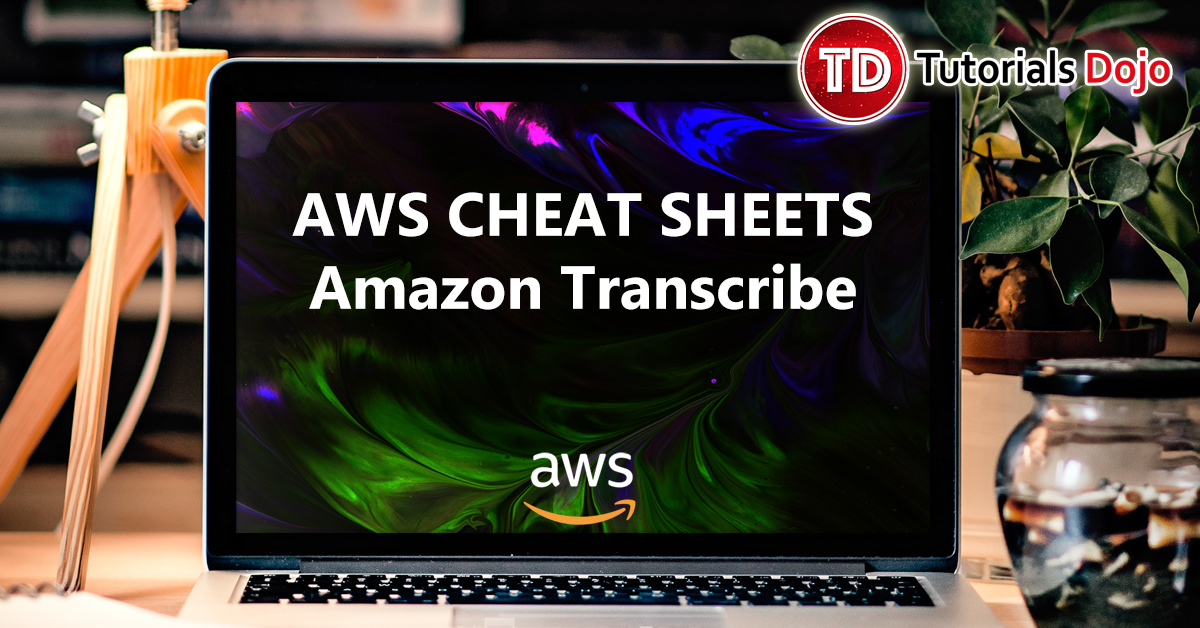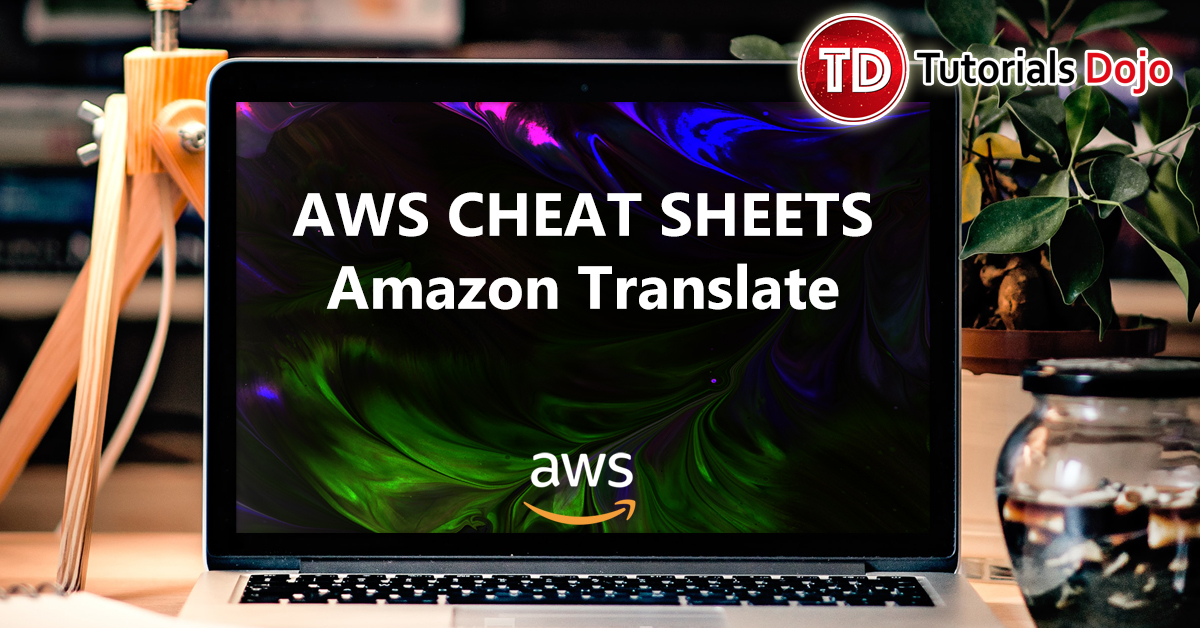Amazon Aurora vs Amazon RDS
Admin User-12023-04-07T02:17:17+00:00Aurora RDS Type of database Relational database Features • MySQL and PostgreSQL compatible. • 5x faster than standard MySQL databases and 3x faster than standard PostgreSQL databases. • Use Parallel Query to run transactional and analytical workloads in the same Aurora database, while maintaining high performance. • You can distribute and load balance your unique workloads across different sets of Aurora DB instances using custom endpoints. • Aurora Serverless allows for on-demand, autoscaling of your Aurora DB instance capacity. • Has several database instance types for different kinds of workloads and support five database engines - MySQL, PostgreSQL, [...]










